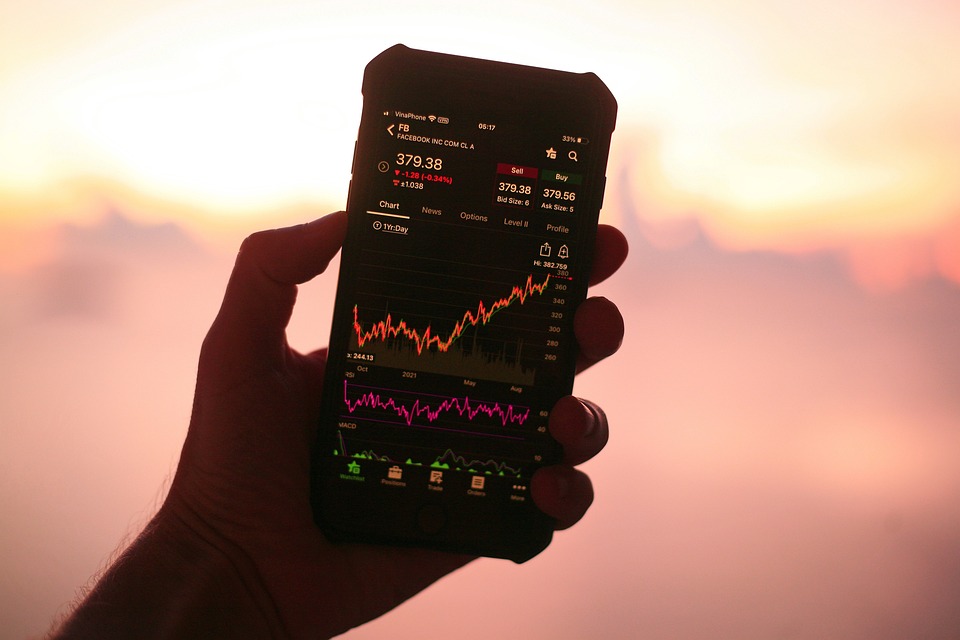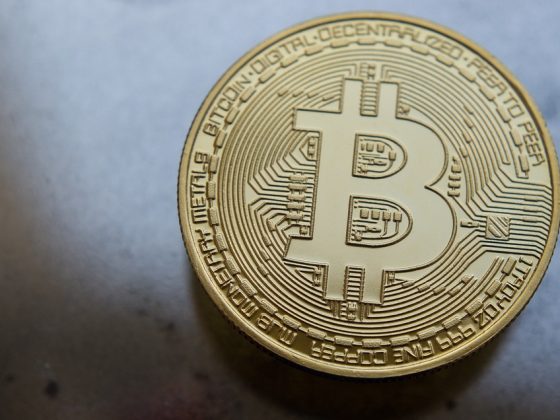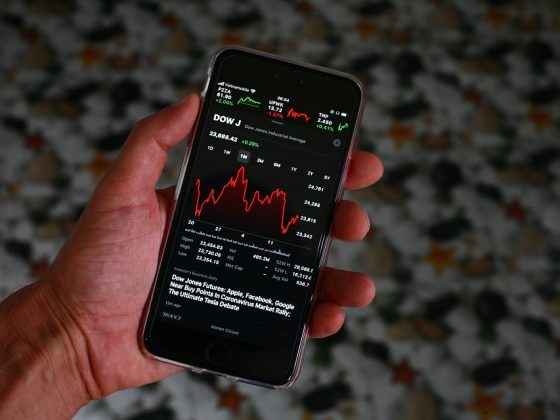The Future of Virtual Reality: How VR is Changing the Way We Experience Technology
Virtual reality (VR) has been a hot topic in technology circles for several years now, with many experts predicting that it will revolutionize the way we interact with digital content. As VR technology continues to improve and become more mainstream, it is poised to have a significant impact on a wide range of industries, from gaming and entertainment to education and healthcare. In this article, we will explore how VR is changing the way we experience technology and what the future holds for this exciting new medium.
The Basics of Virtual Reality
Virtual reality is a computer-generated environment that simulates a user's physical presence in a three-dimensional space. By wearing a VR headset, users can immerse themselves in a completely digital world that can be manipulated and interacted with in real time. This sense of presence is what sets VR apart from other forms of digital media, such as movies or video games, where the viewer is a passive observer.
The most common type of VR headset is the Oculus Rift, which was released in 2016 and quickly became one of the most popular VR devices on the market. The Rift uses a combination of sensors and high-resolution displays to create a seamless and immersive experience for users. Other popular VR headsets include the HTC Vive, Playstation VR, and Samsung Gear VR.
How VR is Changing the Way We Experience Technology
One of the main ways that VR is changing the way we experience technology is by providing a more immersive and interactive experience. For example, in the gaming industry, VR has allowed players to step into the shoes of their favorite characters and explore virtual worlds in a way that was previously impossible. This level of immersion can create a more engaging and memorable experience for users, leading to a greater sense of presence and emotional connection.
In the entertainment industry, VR has the potential to revolutionize the way we consume media. With VR headsets, users can experience movies, TV shows, and live events in a whole new way, with 360-degree views and interactive elements that make the experience more immersive and engaging. VR has also been used to create virtual concerts and art installations, allowing artists to connect with their audiences in new and innovative ways.
In the field of education, VR has the potential to revolutionize the way we learn and teach. By creating virtual classrooms and simulations, students can explore complex concepts in a hands-on and interactive way, leading to a deeper understanding and retention of the material. VR can also be used to train healthcare professionals, engineers, and other professionals in a safe and controlled environment, reducing the risk and cost associated with traditional training methods.
The Future of VR
As VR technology continues to improve and become more affordable, we can expect to see even more exciting developments in the field. One of the most anticipated advancements is the development of standalone VR headsets that do not require a connected computer or console. This will make VR more accessible to a wider audience and allow for greater mobility and convenience.
Another area of growth for VR is in the field of augmented reality (AR), which overlays digital information on top of the user's physical environment. AR has the potential to revolutionize industries such as healthcare, retail, and manufacturing by providing real-time information and visualization tools that can enhance productivity and decision-making. The combination of VR and AR, known as mixed reality, has the potential to create entirely new ways of interacting with digital content and the physical world.
FAQs
Q: How does VR work?
A: VR works by displaying a computer-generated environment through a headset that tracks the user's head movements and position, creating a sense of immersion and presence in a virtual world.
Q: What are some uses for VR?
A: VR can be used for gaming, entertainment, education, training, healthcare, and a wide range of other applications that require immersive and interactive experiences.
Q: Is VR safe to use?
A: VR is generally safe to use, but some people may experience motion sickness or eye strain if they use a VR headset for an extended period of time. It is important to take breaks and follow manufacturer's guidelines to avoid discomfort.
Q: How much does VR cost?
A: The cost of VR headsets varies depending on the brand and model, with prices ranging from $200 to $1000 or more. Additionally, users may need to invest in a powerful computer or console to run VR applications effectively.
In conclusion, the future of virtual reality is bright, with exciting developments on the horizon that promise to change the way we experience technology. As VR becomes more accessible and affordable, we can expect to see even more innovative applications that will transform industries and enhance our daily lives. Whether you're a gamer, a student, a healthcare professional, or just a technology enthusiast, VR has the potential to revolutionize the way you interact with digital content and the world around you.











